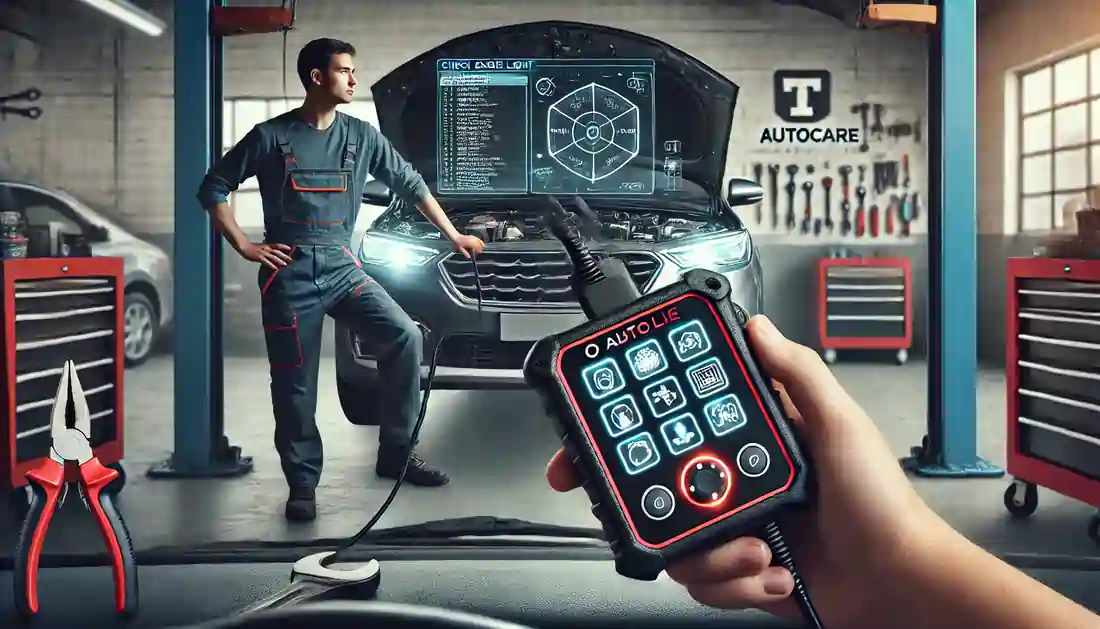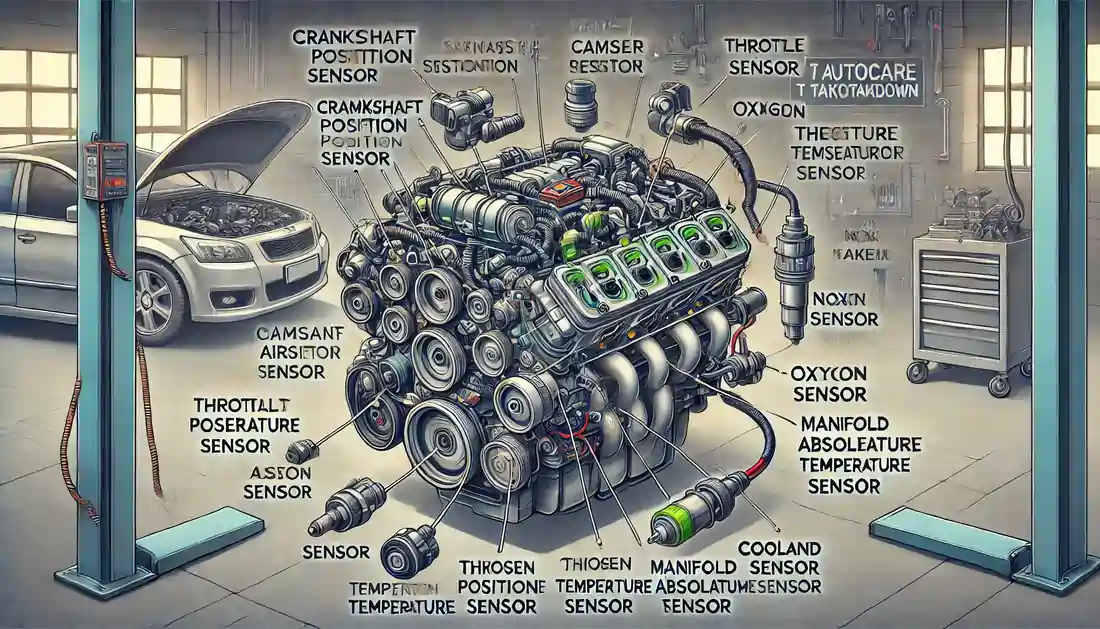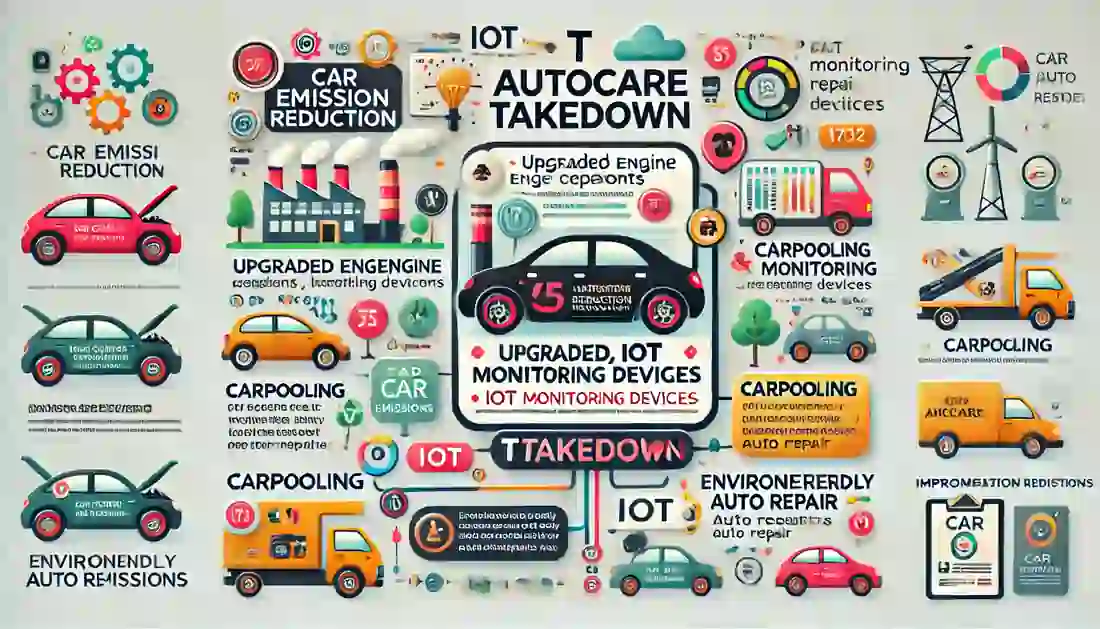A noisy exhaust system is a common issue that can lead to more severe problems if not addressed promptly. Ignoring this problem can result in decreased fuel efficiency, increased emissions, and even damage to other engine components. At T Autocare Takedown, we understand the importance of maintaining a well-functioning exhaust system to ensure your vehicle’s optimal performance and safety. For a deeper understanding of the impact on your engine, check out our guide on common engine issues and how to prevent them.
In this article, we will guide you through diagnosing a noisy exhaust system, using our extensive experience in auto repair and auto care. Additionally, keeping up with regular engine tune-ups can help prevent many issues related to your exhaust system and other critical parts of your vehicle.
Understanding Your Exhaust System
The exhaust system in your vehicle plays a crucial role in managing emissions, reducing noise, and improving engine performance. Key components include the exhaust manifold, catalytic converter, muffler, and various pipes. Each part has a specific function, and a malfunction in any of these can lead to a noisy exhaust system. For example, a failing catalytic converter can result in increased emissions and reduced efficiency, while issues with the muffler can dramatically increase the noise level of your vehicle.
Addressing these problems early can prevent further damage to your engine and exhaust system. Regular maintenance, like engine diagnostics and inspections, can help identify exhaust issues before they worsen, saving you time and money.

Common Causes of Noisy Exhaust Systems
Exhaust Leaks
Symptoms: You may hear hissing or tapping sounds when your exhaust system has a leak. These noises are often more noticeable during acceleration or when the engine is under load.
Common Causes: Leaks can be caused by a cracked exhaust manifold, broken gaskets, or loose connections between exhaust components. A malfunctioning mass airflow sensor can also contribute to exhaust issues by affecting the air-fuel mixture.
Diagnosis Tips: Start by visually inspecting the exhaust manifold for cracks and listen for hissing sounds near the engine bay. Don’t forget to check for loose connections and damaged gaskets throughout the exhaust system. If you’re unable to locate the problem, it may be time to consult a professional. Check out our engine repair services to get expert help diagnosing and fixing exhaust-related issues.
Clogged Catalytic Converter
Symptoms: A clogged catalytic converter can cause decreased engine performance, higher fuel consumption, and even produce rattling noises when the converter’s internal components break down.
Common Causes: Over time, soot and debris can build up in the converter, restricting airflow. This is often due to engine misfires or burning too much oil. It’s crucial to address these underlying issues to prevent further damage.
Diagnosis Tips: Tap the catalytic converter lightly to listen for internal rattling. If it sounds like a shaking box of rocks, the converter may be clogged or damaged. Addressing a faulty catalytic converter early can help avoid costly repairs and keep your vehicle’s emissions in check.
Broken or Loose Muffler
Symptoms: A broken or loose muffler often causes loud roaring or rumbling noises, especially during acceleration. The noise level can increase significantly if the muffler is damaged or disconnected.
Common Causes: Rust damage, holes, or loose connections are common causes of muffler issues. Over time, rust can eat away at the muffler, creating holes and weakening connections, leading to excess noise.
Diagnosis Tips: Inspect the muffler for visible rust, holes, or damage. Give it a gentle shake to check for looseness. A loose muffler can rattle or cause misalignment in the exhaust system.
Blocked Exhaust Pipe
Symptoms: Unusual engine noise and reduced engine performance are often signs of blockages in the exhaust system or related components.
Common Causes: Dirt, debris, or soot build-up can obstruct airflow, reducing engine efficiency and causing unusual sounds. These blockages may also trigger additional engine issues if left unaddressed.
Diagnosis Tips: Perform a visual inspection for blockages in the exhaust system or engine components. Listen closely for any changes in engine sound, such as knocking or sputtering, which could signal a problem. Regular preventative maintenance can help you avoid these common issues and keep your engine running smoothly.
Uncommon Issues and
Advanced Diagnosis Techniques
Oxygen Sensor Issues
Symptoms: A faulty oxygen sensor can trigger the check engine light and reduce fuel efficiency. Since the oxygen sensor monitors the exhaust’s oxygen levels to ensure the correct air-fuel mixture, a problem here can cause your car to burn more fuel.
Diagnosis Tips: Use an OBD-II scanner to check for error codes related to oxygen sensor problems. Promptly addressing sensor issues can improve fuel economy and engine performance.
Heat Shield Problems
Symptoms: A rattling noise, especially noticeable at certain RPMs, could be caused by a loose or damaged heat shield. The heat shield protects components from the high heat of the exhaust, so it’s important to ensure it is securely in place.
Diagnosis Tips: Inspect the heat shield for looseness or damage. Tighten any loose bolts or consider replacing the heat shield if it’s damaged beyond repair.
Exhaust Mount Issues
Symptoms: If you notice excessive movement in the exhaust system or hear rattling noises, the rubber mounts that hold the exhaust in place might be worn out or broken.
Diagnosis Tips: Check the rubber mounts for wear and tear. Make sure all mounts are securely holding the exhaust system in place to prevent further issues.
DIY Fixes vs. Professional Help
While some issues can be addressed with basic tools and a bit of know-how—like tightening loose connections or replacing small sections of the pipe—more complex problems often require professional help. Significant rust damage, persistent leaks, or sensor-related problems are best handled by experienced mechanics. At our auto repair shop, we offer pre-purchase vehicle inspections to ensure that your vehicle, including its exhaust system, is in top shape before any major investments are made.
Preventive Maintenance Tips
- Regular Inspections: Schedule regular vehicle inspections at our auto shop to catch potential issues early. This proactive approach can prevent costly repairs down the line.
- Driving Habits: Avoid harsh driving conditions and habits that can accelerate wear and tear on your exhaust system.
Ensuring Optimal Vehicle Performance
T Autocare Takedown is your go-to destination for auto repair Broken Arrow services.
Addressing exhaust system issues promptly is crucial for maintaining your vehicle’s performance and safety. Our garage is committed to providing top-notch auto service and car maintenance to keep your vehicle running smoothly. If you suspect an issue with your exhaust system, don’t hesitate to contact us for an inspection and repair.
Contact Information:
- T Autocare Takedown
- Address: 1501 W Detroit St, Broken Arrow, OK 74012
- Phone: (539) 367-3738
- Website: T Autocare Takedown
Maintaining your vehicle’s exhaust system is essential for optimal performance and safety. Trust our expert mechanics at T Autocare Takedown for all your auto care needs.
Useful Links on Exhaust Noises
- YourMechanic Advice for detailed steps on diagnosing exhaust system noises.
- HEART Auto Care for common exhaust system problems and their symptoms.
- Car from Japan for additional noise diagnosis tips and fixes.












